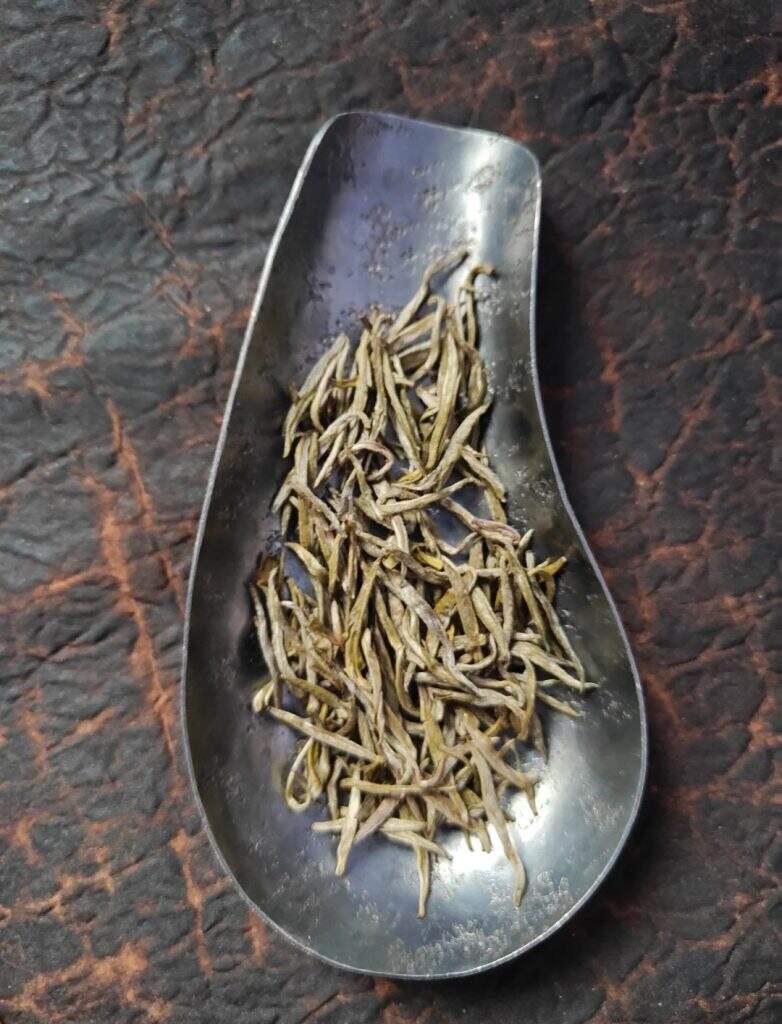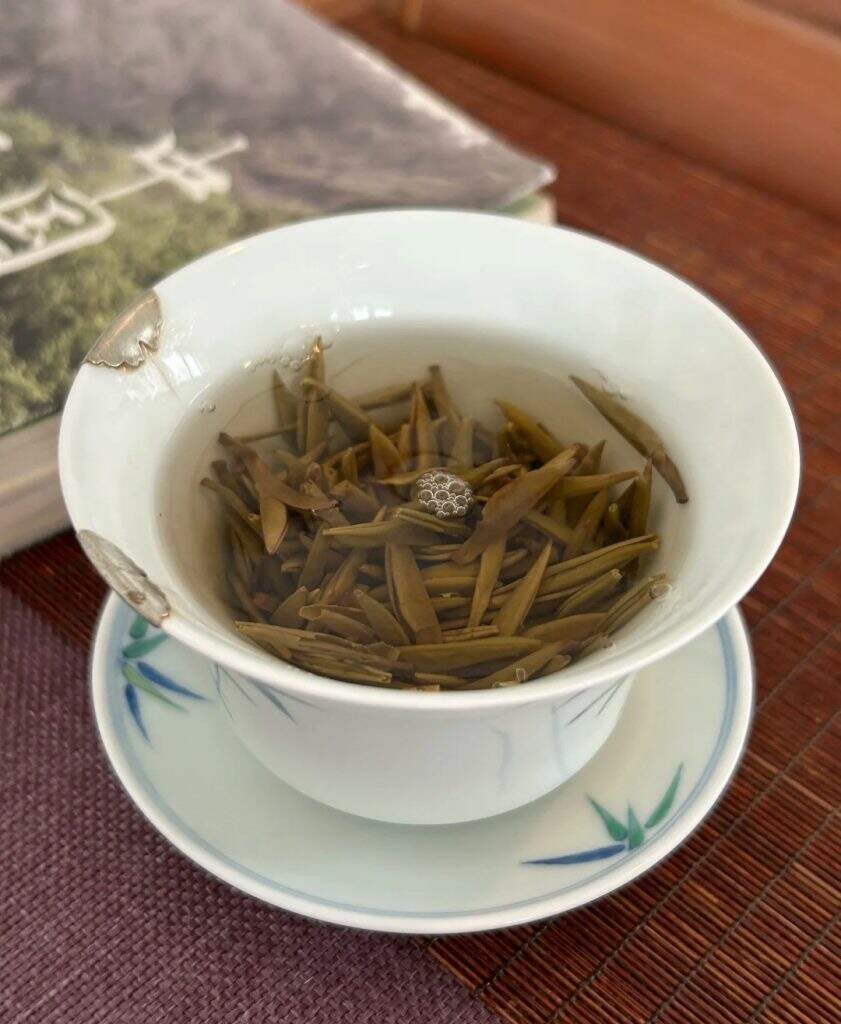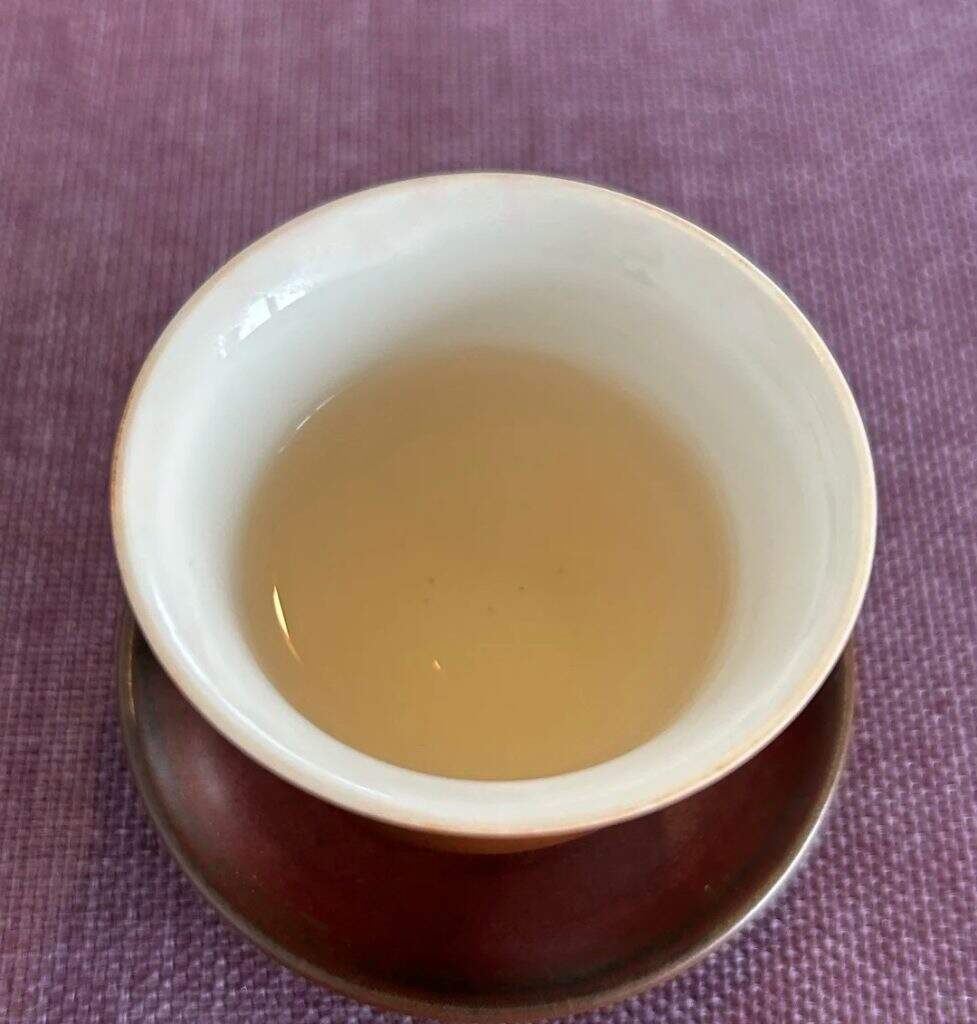So, you’ve heard about Junshan Yinzhen—the legendary yellow tea from China that’s been dubbed the “Champagne of Yellow Teas.” With its golden needles dancing in your cup and its delicate floral aroma, it’s no wonder this tea has been a favorite of emperors and tea connoisseurs for centuries. But here’s the thing: not all Junshan Yinzhen teas are created equal. How do you pick the real deal and avoid cheap imitations? Don’t worry—we’ve got you covered. Let’s break down how to spot premium Junshan Yinzhen like a pro.
Why Junshan Yinzhen? A Quick Intro to Liquid Gold
First off, let’s talk about why this tea is so special. Junshan Yinzhen grows on Junshan Island, a tiny, mist-shrouded paradise in Dongting Lake, Hunan Province. Imagine a place where the air is thick with fog, the soil is rich, and the tea plants soak up pure lake energy—it’s basically a tea utopia. The result? A tea so elegant, it’s been nicknamed “Gold-Inlaid Jade” for its golden buds and silvery-white fuzz.
But here’s the kicker: Junshan Yinzhen isn’t just pretty. It’s a yellow tea, which means it undergoes a unique “men huang” (闷黄) process. After withering and drying, the leaves are gently “smothered” in humidity to develop their signature mellow sweetness and floral aroma. This extra step is what sets it apart from green teas and makes it rarer (and pricier!).
Now, let’s get to the good stuff: how to choose the best Junshan Yinzhen.
Why Junshan Yinzhen? A Quick Intro to Liquid Gold
First off, let’s talk about why this tea is so special. Junshan Yinzhen grows on Junshan Island, a tiny, mist-shrouded paradise in Dongting Lake, Hunan Province. Imagine a place where the air is thick with fog, the soil is rich, and the tea plants soak up pure lake energy—it’s basically a tea utopia. The result? A tea so elegant, it’s been nicknamed “Gold-Inlaid Jade” for its golden buds and silvery-white fuzz.
But here’s the kicker: Junshan Yinzhen isn’t just pretty. It’s a yellow tea, which means it undergoes a unique “men huang” (闷黄) process. After withering and drying, the leaves are gently “smothered” in humidity to develop their signature mellow sweetness and floral aroma. This extra step is what sets it apart from green teas and makes it rarer (and pricier!).
Now, let’s get to the good stuff: how to choose the best Junshan Yinzhen.
Rule #1: Judge the Buds—They Should Look Like Tiny Golden Spears
The first thing you’ll notice about Junshan Yinzhen is its striking appearance. High-quality leaves are straight, needle-like buds with zero broken bits. Think of them as tiny golden spears tipped with silvery fuzz (that’s the “yin” in Yinzhen). Here’s what to check:
Color: The buds should be vibrant golden-yellow, not dull or brownish. The white fuzz (“hao”) should look fresh, like a light dusting of snow.
Uniformity: All buds should be roughly the same size and shape. If some are fat and others are skinny, it’s a red flag.
Texture: Gently rub a bud between your fingers. It should feel smooth, not brittle or crumbly.
Pro Tip: Authentic Junshan Yinzhen is rare because only the top bud and one leaf are plucked. If the package says “Junshan Yinzhen” but has lots of open leaves or stems, it’s probably a knockoff.
Rule #2: Follow Your Nose—It Should Smell Like a Flower Garden (with a Hint of Toast)
Next up: the sniff test. Junshan Yinzhen has a fragrance so divine, you’ll want to bottle it. Here’s what to look for:
Dry Leaves: Before brewing, the tea should smell fresh and grassy, with subtle floral notes (think orchids or lilacs) and a whisper of toasted chestnut. If it smells musty, smoky, or overly sharp, put it back.
After Steeping: Once hot water hits those buds, the aroma should bloom into something sweeter—like honeyed flowers with a nutty undertone.
Why This Matters: Cheap imitations often skip the proper “men huang” process, leaving the tea smelling flat or overly vegetal (like generic green tea). The real deal is all about layered, delicate scents.
The first thing you’ll notice about Junshan Yinzhen is its striking appearance. High-quality leaves are straight, needle-like buds with zero broken bits. Think of them as tiny golden spears tipped with silvery fuzz (that’s the “yin” in Yinzhen). Here’s what to check:
Color: The buds should be vibrant golden-yellow, not dull or brownish. The white fuzz (“hao”) should look fresh, like a light dusting of snow.
Uniformity: All buds should be roughly the same size and shape. If some are fat and others are skinny, it’s a red flag.
Texture: Gently rub a bud between your fingers. It should feel smooth, not brittle or crumbly.
Pro Tip: Authentic Junshan Yinzhen is rare because only the top bud and one leaf are plucked. If the package says “Junshan Yinzhen” but has lots of open leaves or stems, it’s probably a knockoff.
Rule #3: Taste Test—It Should Dance on Your Tongue
Alright, time for the fun part: sipping. A top-tier Junshan Yinzhen is a masterclass in balance. Here’s what your taste buds should experience:
First Sip: Smooth, silky, and slightly sweet—like drinking liquid sunlight.
Second Sip: The floral notes kick in (hello, honeysuckle!), followed by a gentle roastiness (imagine toasted rice or chestnuts).
Aftertaste: The magic happens here. A lingering sweetness (called “hui gan” in Chinese) should coat your throat for minutes.
Red Flags: Bitterness, astringency, or a “flat” taste mean the tea is either stale, poorly processed, or not authentic.
Rule #4: Watch the Show—The Buds Should “Dance” in Your Cup
Here’s a party trick unique to Junshan Yinzhen: when you pour hot water over the buds, they’ll stand upright and sway slowly, like underwater ballet dancers. This “dancing” effect happens because the dense buds sink vertically, while the fuzz creates tiny bubbles that push them upward.
Good Sign: Buds rise and fall rhythmically, staying mostly upright.
Bad Sign: Buds sink to the bottom and stay there (meaning they’re lower quality or machine-processed).
Rule #5: Trust the Source—Geography Matters!
Real Junshan Yinzhen only comes from Junshan Island in Dongting Lake. Due to limited land and labor costs, authentic batches are small and expensive. If a seller claims their tea is “Junshan Yinzhen” but prices it at $10 per 100g, run.
Look for:
Origin Labels: Reputable sellers will specify “Junshan Island” or “Dongting Lake” origin.
Certifications: Organic certifications or protected geographical status (PGI) add extra credibility.



Final Thoughts: Why Settle for Less?
Junshan Yinzhen isn’t just a tea—it’s an experience. From its royal history to its hypnotic brewing ritual, every sip tells a story. By focusing on the Four Beauties—color, aroma, taste, and form—you’ll ensure you’re getting a tea worthy of its “Gold-Inlaid Jade” reputation.



Add comment
You must be logged in to post a comment.